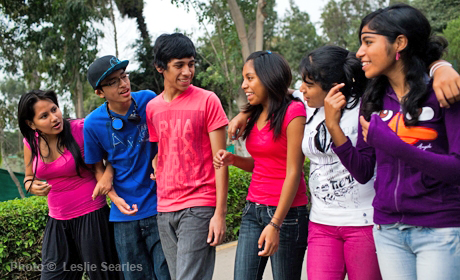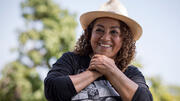-
Country Pages
-
Asia y el Pacífico
- Afganistán
- Bangladesh
- Bhután
- Camboya
- China
- India
- Indonesia
- República Islámica del Irán
- República Democrática Popular Lao
- Malasia
- Maldivas
- Mongolia
- Myanmar
- Nepal
- Pakistán
- Estado Independiente de Papua Nueva Guinea
- Filipinas
- Sri Lanka
- Tailandia
- Timor Oriental
- Vietnam
-
Europa Oriental y Asia Central
- Albania
- Armenia
- Azerbaiyán
- Belarús
- Bosnia y Herzegovina
- Georgia
- Kazajstán
- Oficina de Kosovo
- Kirguistán
- República de Moldova
- Macedonia del Norte
- Serbia
- Tayikistán
- República de Türkiye
- Turkmenistán
- Ucrania
- Uzbekistán
-
Estados Árabes
- Argelia
- Yibuti
- Egipto
- Iraq
- Jordania
- Líbano
- Libia
- Marruecos
- Omán
- Palestina
- la República Federal de Somalia
- Sudán
- República Árabe Siria
- Túnez
- Yemen
-
África Oriental y Meridional
- Angola
- Botswana
- Burundi
- Comoras
- República Democrática del Congo
- Eritrea
- Eswatini
- Etiopía
- Kenya
- Lesotho
- Madagascar
- Malawi
- Mauricio
- Mozambique
- Namibia
- Rwanda
- Seychelles
- Sudáfrica
- Sudán del Sur
- República Unida de Tanzanía
- Uganda
- Zambia
- Zimbabwe
-
América Latina y el Caribe
- Argentina
- Estado Plurinacional de Bolivia
- Brasil
- Chile
- Colombia
- Costa Rica
- Cuba
- República Dominicana
- la República del Ecuador
- El Salvador
- Guatemala
- Haití
- Honduras
- México
- Nicaragua
- Panamá
- Paraguay
- Perú
- Uruguay
- República Bolivariana de Venezuela
- Caribe (multinacional)
-
África Occidental y Central
- Benin
- Burkina Faso
- Cabo Verde
- Camerún
- República Centroafricana
- Chad
- Congo
- Costa de Marfil
- la República de Guinea Ecuatorial
- Gabón
- Gambia
- Ghana
- Guinea
- Guinea-Bisáu
- Liberia
- Malí
- Mauritania
- Níger
- Nigeria
- Sao Tomé y Príncipe
- Senegal
- Sierra Leona
- Togo
-

UNFPA Peru
Peru has achieved economic growth and relative political stability, but still needs to expedite poverty reduction, and close wide gaps among regions and population groups. Active in Peru since 1972, UNFPA supports regions that are lagging behind to improve the delivery of comprehensive reproductive health services, including to young people. The programmes help decision makers develop capacities to use data disaggregated by gender, ethnicity and other parameters in enacting regional population plans, as well as to implement emergency preparedness and response strategies. UNFPA also advocates for public policies to advance gender equality.
Población
- Población de 0 a 14 años, en porcentaje
- Población de 15 a 64, años, en porcentaje
- Population aged 65+
Salud sexual y reproductiva
- Nacimientos atendidos por personal sanitario calificado
Planificación familiar
- Modern method
Educación
Gender, Rights, and Human Capital
Prácticas nocivas
Population Pyramid
Esperanza de vida
Total fertility rate
Noticias
“Les decimos: Sí, tú puedes”: Enfrentando la adversidad y protegiendo a las mujeres en la selva peruana
PROVINCIA DE CONDORCANQUI, Perú – “Enfrentamos lluvias torrenciales, sol implacable y largos viajes de comunidad en...
“Una luchadora permanente”: la activista afrodescendiente Lilian León ofrece solidaridad y apoyo a las sobrevivientes de violencia de género en el norte de Perú
PIURA, Perú – “No tenemos luz, agua, internet ni servicios telefónicos, entonces ¿cómo podríamos buscar ayuda? ¿Quién...


Redes sociales
Tweets from UNFPATürkiye